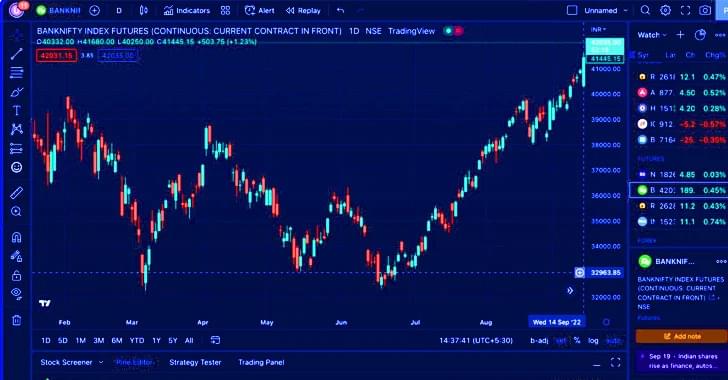Feb 27, 2024
Report: Figure AI to Raise $675 Million for Human-Like Robots
Posted by Shailesh Prasad in categories: finance, robotics/AI
Figure AI, a startup developing human-like robots, is reportedly in the process of raising $675 million in funding, with a pre-money valuation of roughly $2 billion.
Among the investors are Jeff Bezos’ Explore Investments, Microsoft, Nvidia and an Amazon-affiliated fund, Bloomberg reported Friday (Feb. 23), citing unnamed sources.
Other backers include Intel ’s venture capital arm, LG Innotek, Samsung ’s investment group, Parkway Venture Capital, Align Ventures, ARK Venture Fund, Aliya Capital Partners, Tamarack, Boscolo Intervest and BOLD Capital Partners, according to the report.

















